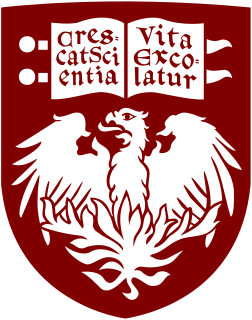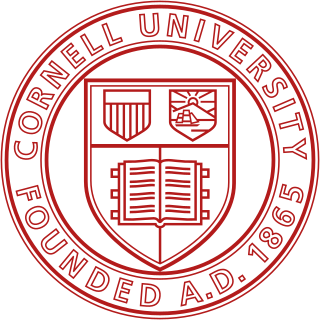
Robert Broom FRS FRSE was a Scottish South African doctor and paleontologist. He qualified as a medical practitioner in 1895 and received his DSc in 1905 from the University of Glasgow.

Othniel Charles Marsh was an American paleontologist.

Shiing-Shen Chern was a Chinese-American mathematician who made fundamental contributions to differential geometry and topology. He was widely regarded as a leader in geometry and one of the greatest mathematicians of the twentieth century, winning numerous awards and recognition including the Wolf Prize and the inaugural Shaw Prize.
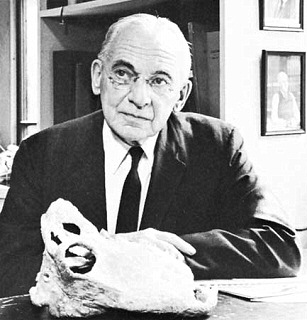
Alfred Sherwood Romer was an American paleontologist and biologist and a specialist in vertebrate evolution.
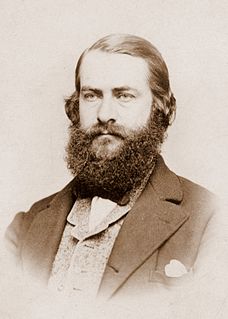
Joseph Mellick Leidy was an American paleontologist, parasitologist, and anatomist.
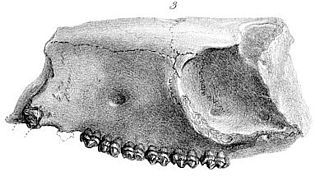
Hyracotherium is an extinct genus of very small perissodactyl ungulates that was found in the London Clay formation. This small, dog-sized animal was once considered to be the earliest known member of Equidae before the type species, H. leporinum, was reclassified as a palaeothere, a perissodactyl family basal to both horses and brontotheres. The remaining species are now thought to belong to different genera, such as Eohippus, which had previously been synonymised with Hyracotherium.
Niles Eldredge is a U.S. biologist and paleontologist, who, along with Stephen Jay Gould, proposed the theory of punctuated equilibrium in 1972.
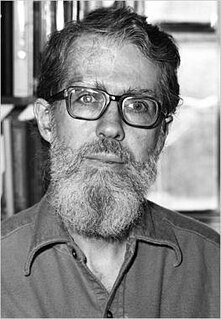
Leigh Van Valen was a U.S. evolutionary biologist. At the time of his death, he was professor emeritus in the Department of Ecology and Evolution at the University of Chicago.
Alan Walker was the Evan Pugh Professor of Biological Anthropology and Biology at the Pennsylvania State University and a research scientist for the National Museum of Kenya. He received his B.A. from Cambridge University in 1962, and his PhD from the University of London in 1967. In 2000 he received an honorary D.Sc. from the University of Chicago.

Richard Swann Lull was an American paleontologist and Sterling Professor at Yale University who is largely remembered now for championing a non-Darwinian view of evolution, whereby mutation(s) could unlock presumed "genetic drives" that, over time, would lead populations to increasingly extreme phenotypes.
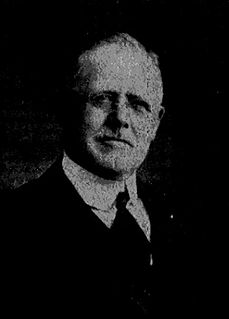
John Merle Coulter, Ph. D. was an American botanist and educator. In his career in education administration, Coulter is notable for serving as the president of Indiana University and Lake Forest College and the head of the Department of Botany at the University of Chicago.
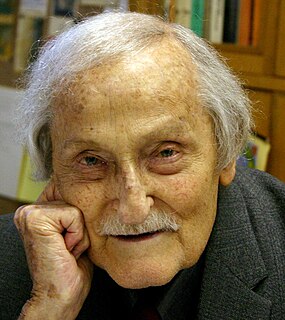
Phillip Vallentine Tobias FRS was a South African palaeoanthropologist and Professor Emeritus at the University of the Witwatersrand in Johannesburg. He was best known for his work at South Africa's hominid fossil sites. He was also an activist for the eradication of apartheid and gave numerous anti-apartheid speeches at protest rallies and also to academic audiences.
Leonard B. Meyer was a composer, author, and philosopher. He contributed major works in the fields of aesthetic theory in music, and compositional analysis.
Raymond Cecil Moore was an American geologist and paleontologist. He is known for his work on Paleozoic crinoids, bryozoans, and corals. Moore was a member of US Geological Survey from 1913 until 1949. In 1919 he became professor at the University of Kansas (Lawrence). In 1953 Professor Moore organized the launch and became the first editor of the still ongoing multi-volume work Treatise on Invertebrate Paleontology. Contributors to the Treatise have included the world's specialists in the field. He served as president of the Geological Society of America in 1958. In 1970 he was awarded the Mary Clark Thompson Medal from the National Academy of Sciences.
James Allen Hopson is an American paleontologist and professor at the University of Chicago. His work has focused on the evolution of the synapsids, and has been focused on the transition from basal synapsids to mammals, from the late Paleozoic through the Mesozoic Eras. He received his doctorate at Chicago in 1965, and worked at Yale before returning to Chicago in 1967 as a faculty member in Anatomy, and has also been a research associate at the Field Museum of Natural History since 1971. He has also worked on the paleobiology of dinosaurs, and his work, along with that of Peter Dodson, has become a foundation piece for the modern understanding of duckbill crests, social behavior, and variation.
Gerald J. Wasserburg was an American geologist. At the time of his death, he was the John D. MacArthur Professor of Geology and Geophysics, Emeritus, at the California Institute of Technology. He was known for his work in the fields of isotope geochemistry, cosmochemistry, meteoritics, and astrophysics.
Karl Joseph Niklas is the Liberty Hyde Bailey Professor in the Section of Plant Biology, School of Integrative Plant Science, at Cornell University. He is best known for his work on plant biomechanics, allometry, and functional morphology, and for his long-standing contributions to understanding plant evolutionary biology, particularly early land plant evolutionary diversification patterns and morphospaces.
Norman Ralph Davidson was an American molecular biologist notable for advancing genome research, member of the National Academy of Sciences, received a National Medal of Science from U.S. President Bill Clinton, was a professor at Caltech. The New York Times called Davidson "major figure in advancing genome research ... whose groundbreaking work in molecular biology led to the earliest understanding of the overall structure of genomes". The Los Angeles Times called him "a groundbreaking Caltech chemical biologist". President Bill Clinton cited the scientist for "breakthroughs in chemistry and biology which have led to the earliest understanding of the overall structure of genomes".
Robert Almer Harper was an American botanist.

